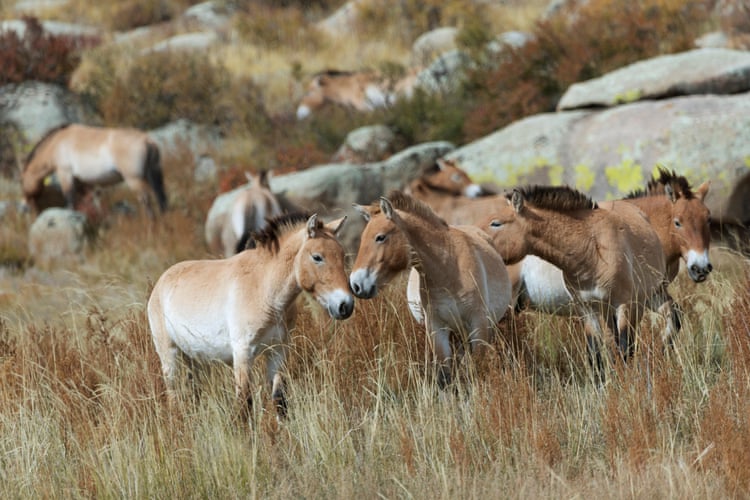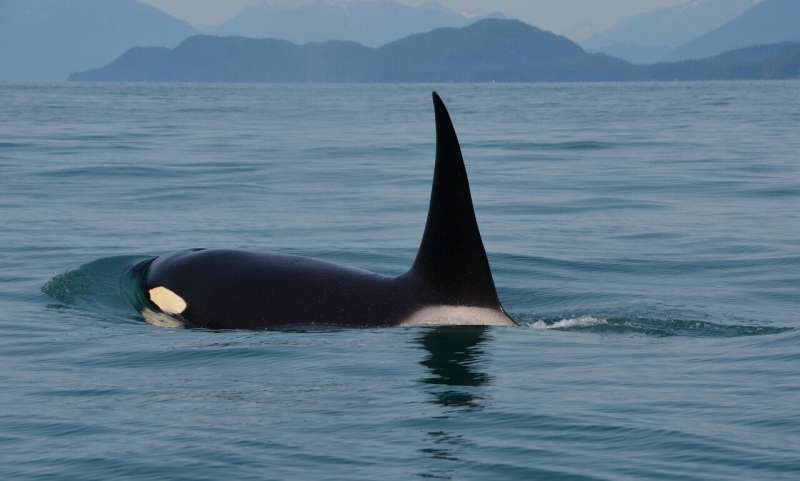WWF is deeply concerned over the reported deaths of over 32 vulnerable Yangtze finless porpoises since the beginning of the year, and is working with authorities and local communities to prevent the tragedy from reoccurring.

Since 3 March 2012, more than 32 porpoises have been found dead in Dongting and Poyang lakes – nine of them over a one-week period.
The only freshwater finless porpoise in the world, the Yangtze finless porpoise lives mainly in the Yangtze River and two large lakes – Dongting and Poyang – and the recent spike in deaths is raising concerns that the rare animals are being pushed closer to extinction.
“This tragedy shows that Yangtze finless porpoise is facing enormous challenges,” said Lei Gang, head of WWF China’s Central Yangtze programme. “The porpoise deaths illustrates that without effective measures to fundamentally reverse the trend of ecological deterioration, the future of this incredible creature is far from certain. We have to act immediately.”
Illegal fishing, accidents part of the blame
Analysis of the deaths reveal an a long list of culprits thought to be pushing the rare species’ numbers down, including electrofishing (which uses electricity to stun fish before they are caught), accidents with boat engine propellers, food shortages and poison.
An April 17 autopsy report from the Institute of Hydrobiology (IHB) under the Chinese Academy of Sciences shows that two Yangtze finless porpoise were killed by pollution.
Pollution
Another theory is that pollution is to blame for the porpoise deaths and this requires further investigation.
There is presently little evidence to point to food shortage as a cause of death, but some experts say that climate change, which has affected Yangtze water levels, is making it increasingly hard for the porpoises to find food.
Numbers decreasing every year
A 2006 survey from the IHB found about 1,800 Yangtze finless porpoise in the Yangtze River and connected lakes, with a decreasing rate of 6.4% each year. From 2006 – 2010, the number of Yangtze finless porpoise in Dongting Lake has decreased to 198, with an average decreasing rate of 7.9% each year.
Possible solutions
China’s Ministry of Agriculture and the Yueyang municipal government have accepted recommendations from leading Chinese cetacean experts with WWF advice, and are now considering immediate on-site conservation measures in Dongting Lake, as opposed to earlier suggestions to relocate the remaining porpoises elsewhere.
The local government has also promised implement a ban on illegal fishing, regulate sand dredging, and limit shipping speeds. Additional measures include better pollution control and increased investments in existing nature reserves.
“WWF welcomes central and local government’s commitments, and will work with experts to explore effective in-site conservation solutions,” said Mr. Lei Gang. “In-site conservation for the Yangtze finless porpoise should be prioritized in Dongting Lake and Poyang Lake, which house 1/3rd of the rare species’ population. As a backup, WWF is also exploring sites outside of the lakes as a salvage measure to help maintain a stable porpoise population in the future.”
In May 2012, WWF is planning to organize a dolphin survey in Dongting Lake with IHB to determine the current population size in Dongting. Based on the survey results, more concrete conservation measures will be proposed to China central and local government.
This article was published in Wildlife Extra May 2012
Nic Slocum
Nic Slocum is an experienced naturalist and wildlife guide and is best known for his escorted tours taking enthusiasts out, both in Ireland and overseas, to view and photograph whales and dolphins. Nic maintains a lifelong passion for using the written word to promote the conservation of our wildlife and wild places and has appeared as an expert commentator on both radio and TV. A zoologist by training, Nic has published articles on conservation related issues in regional and national newspapers. Nic is a director of Whale Watch West Cork.com and Whales World Wide.com
- Web |
- More Posts(24)






Leave a Reply